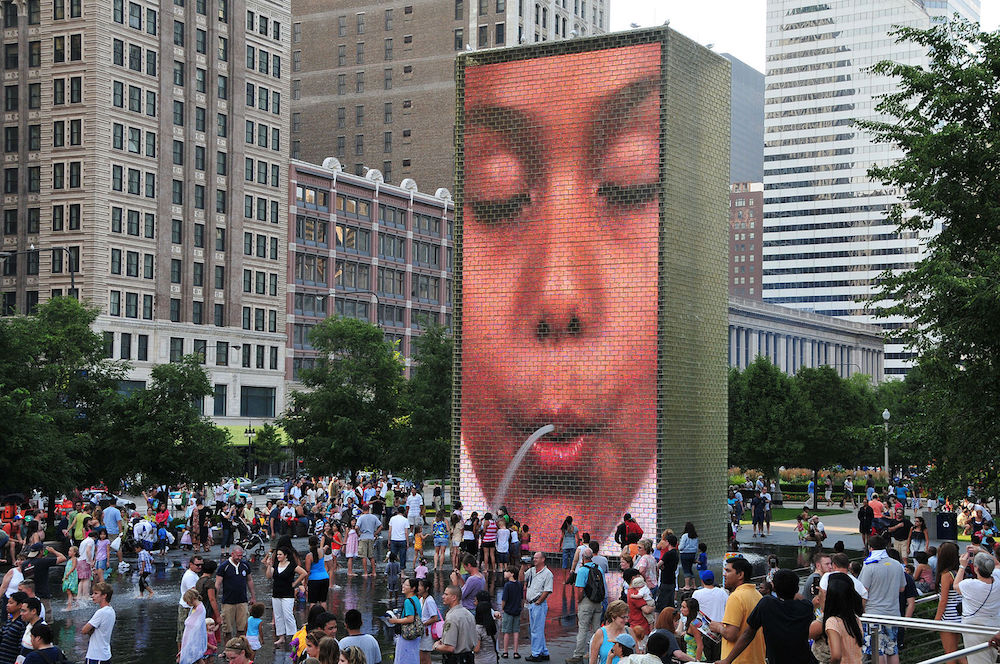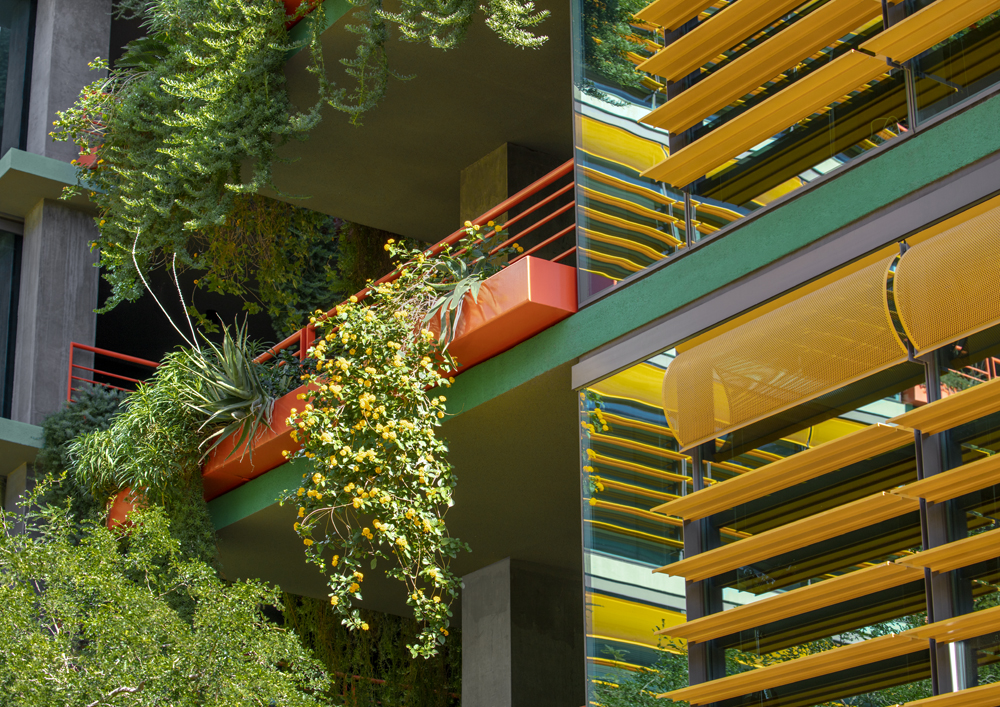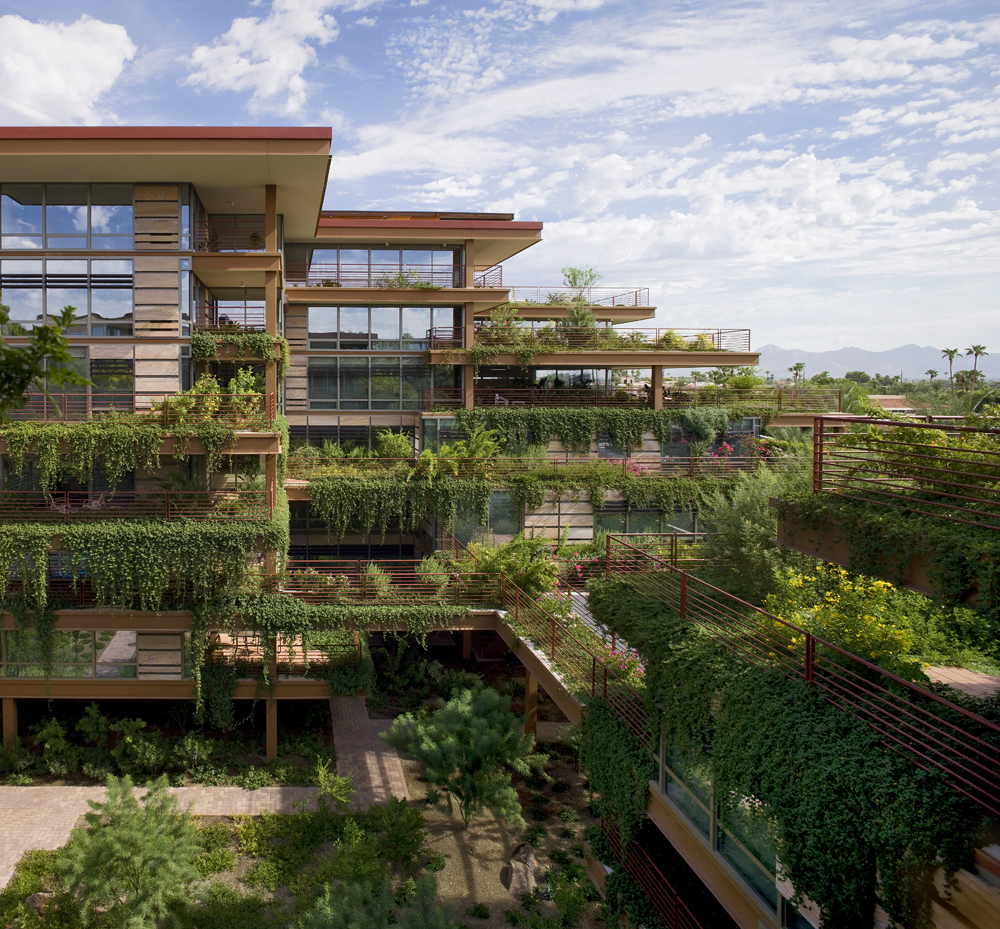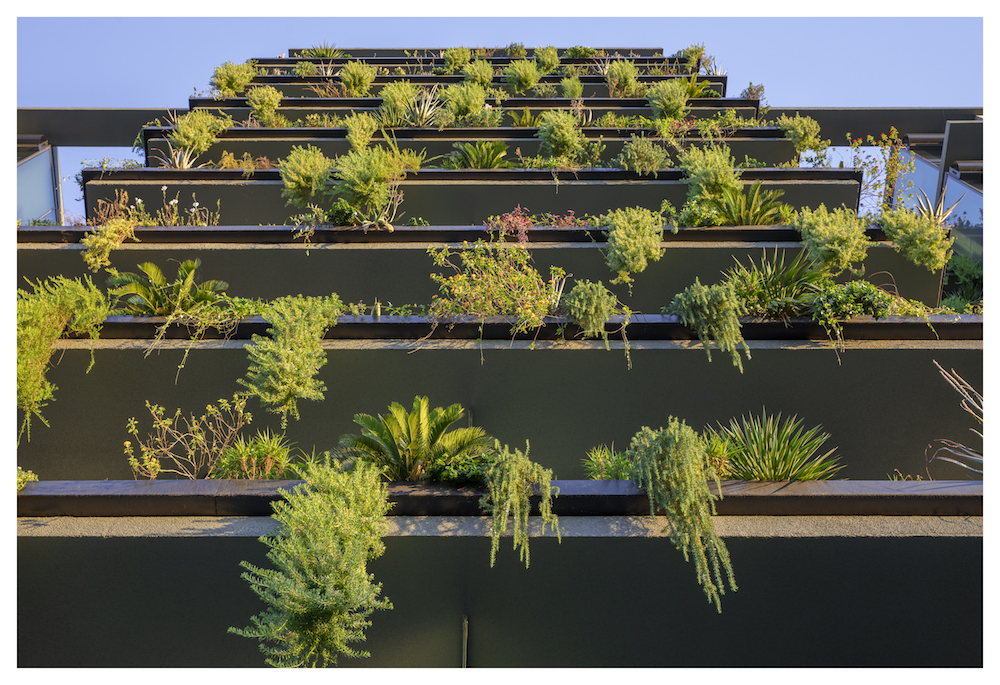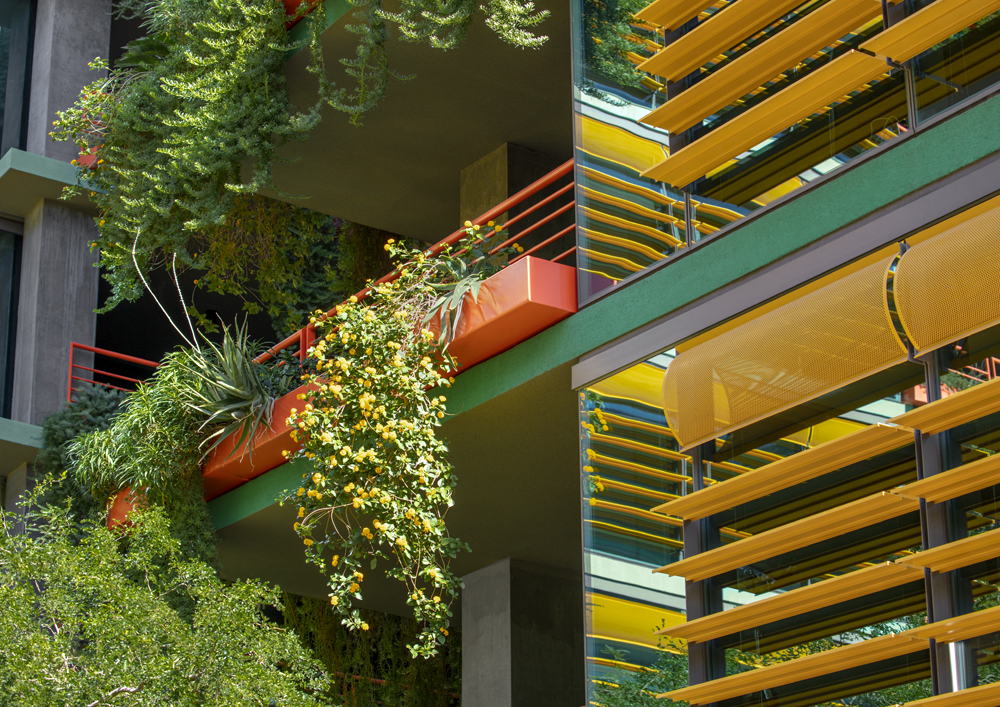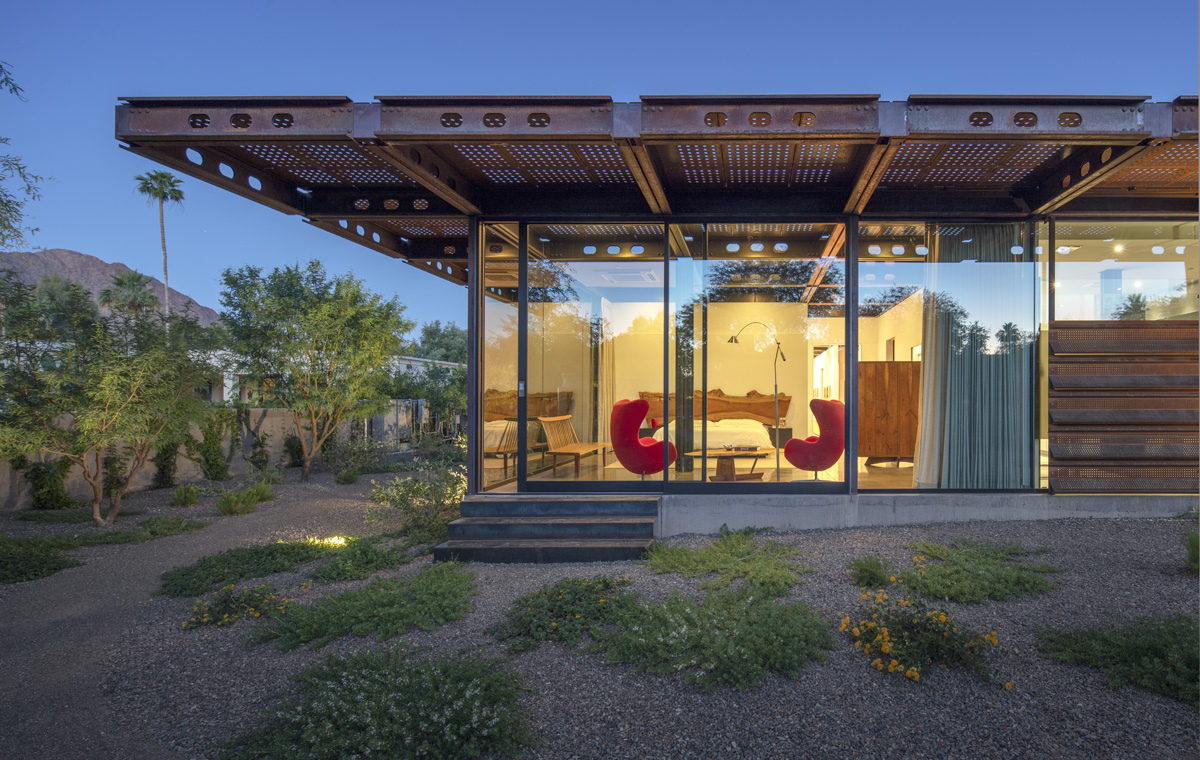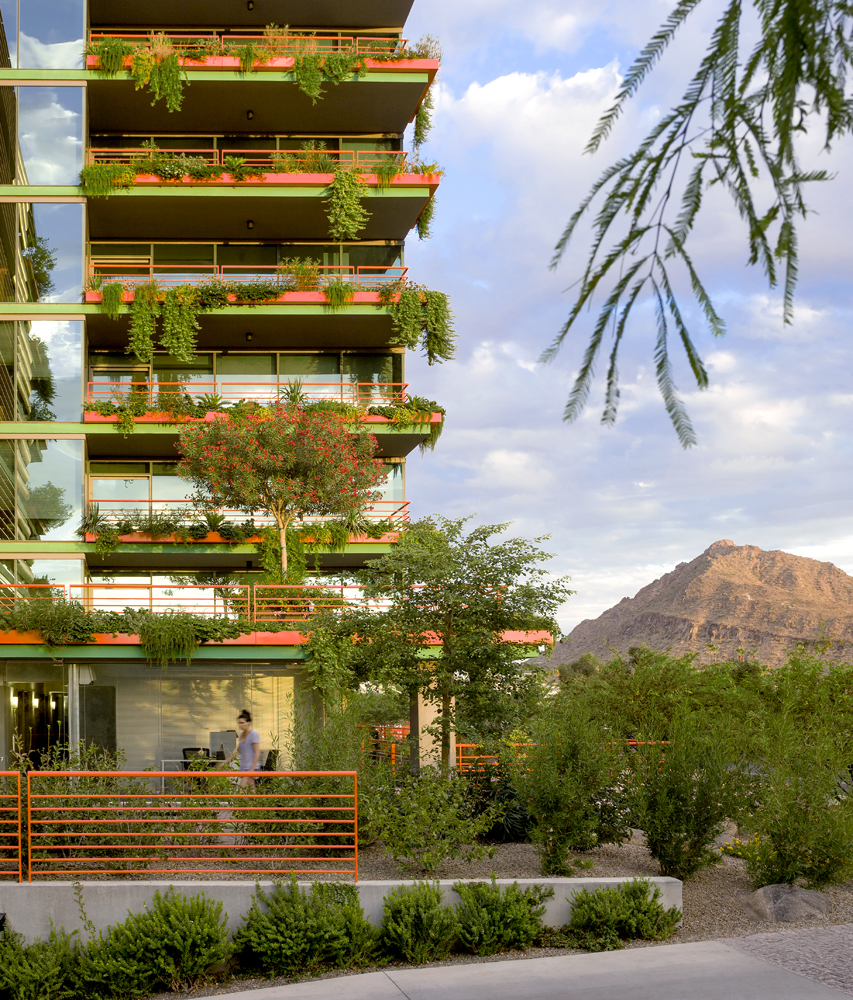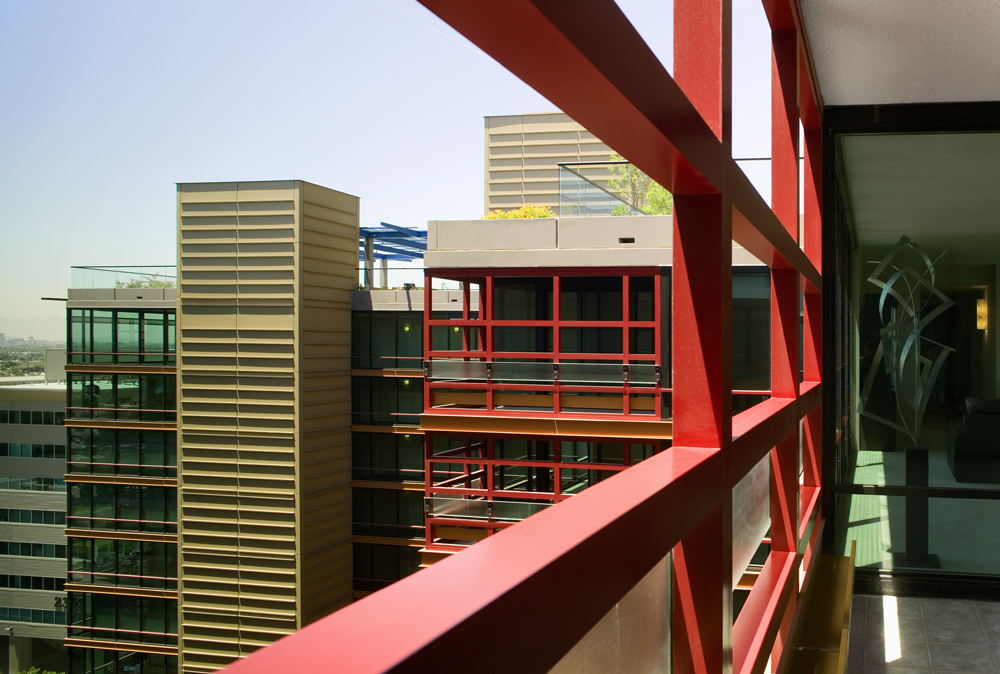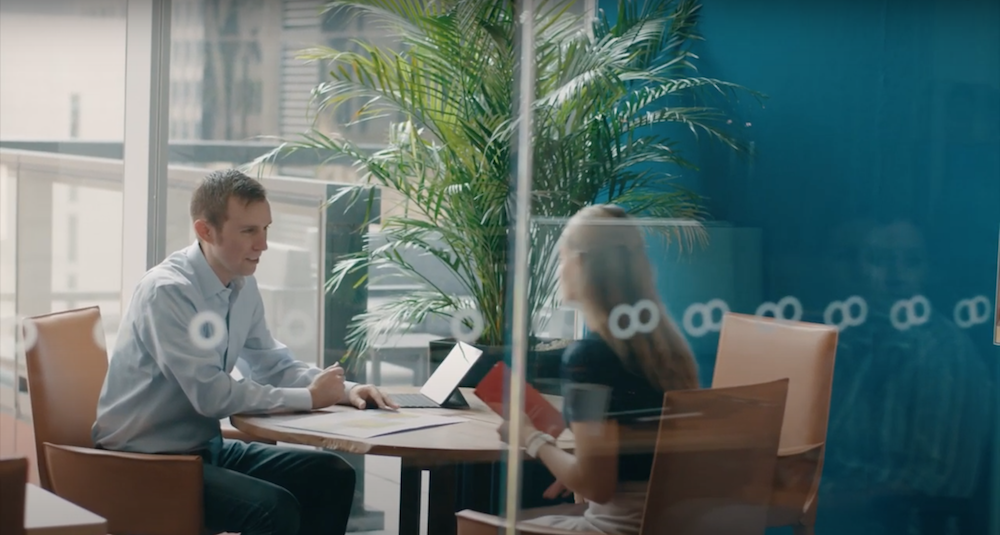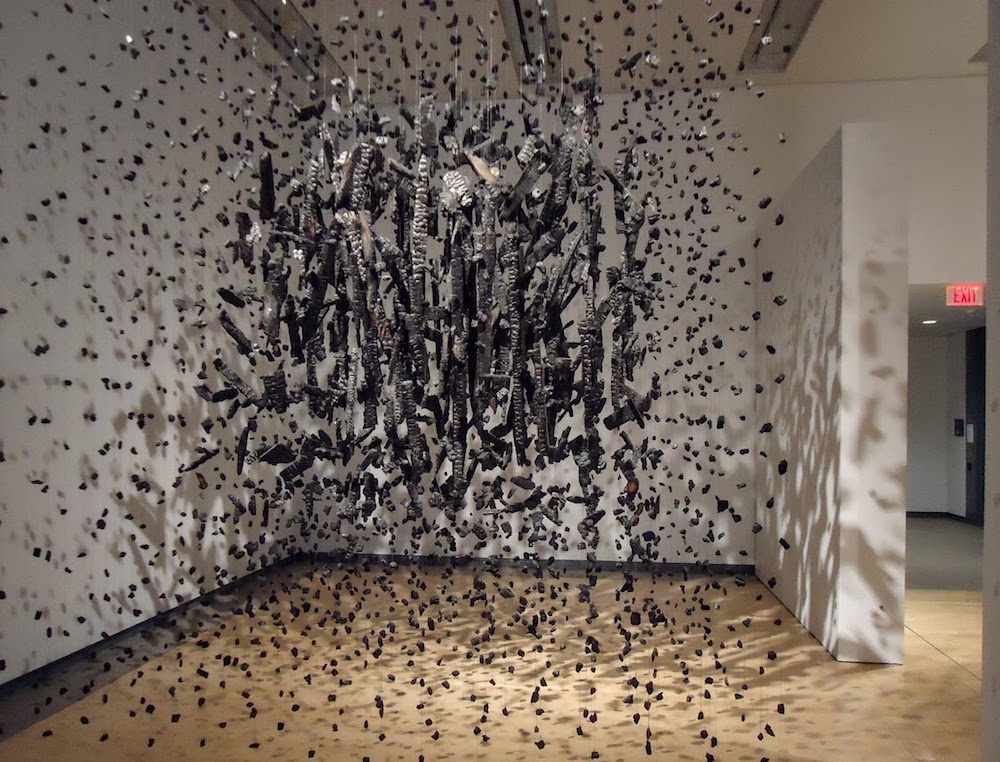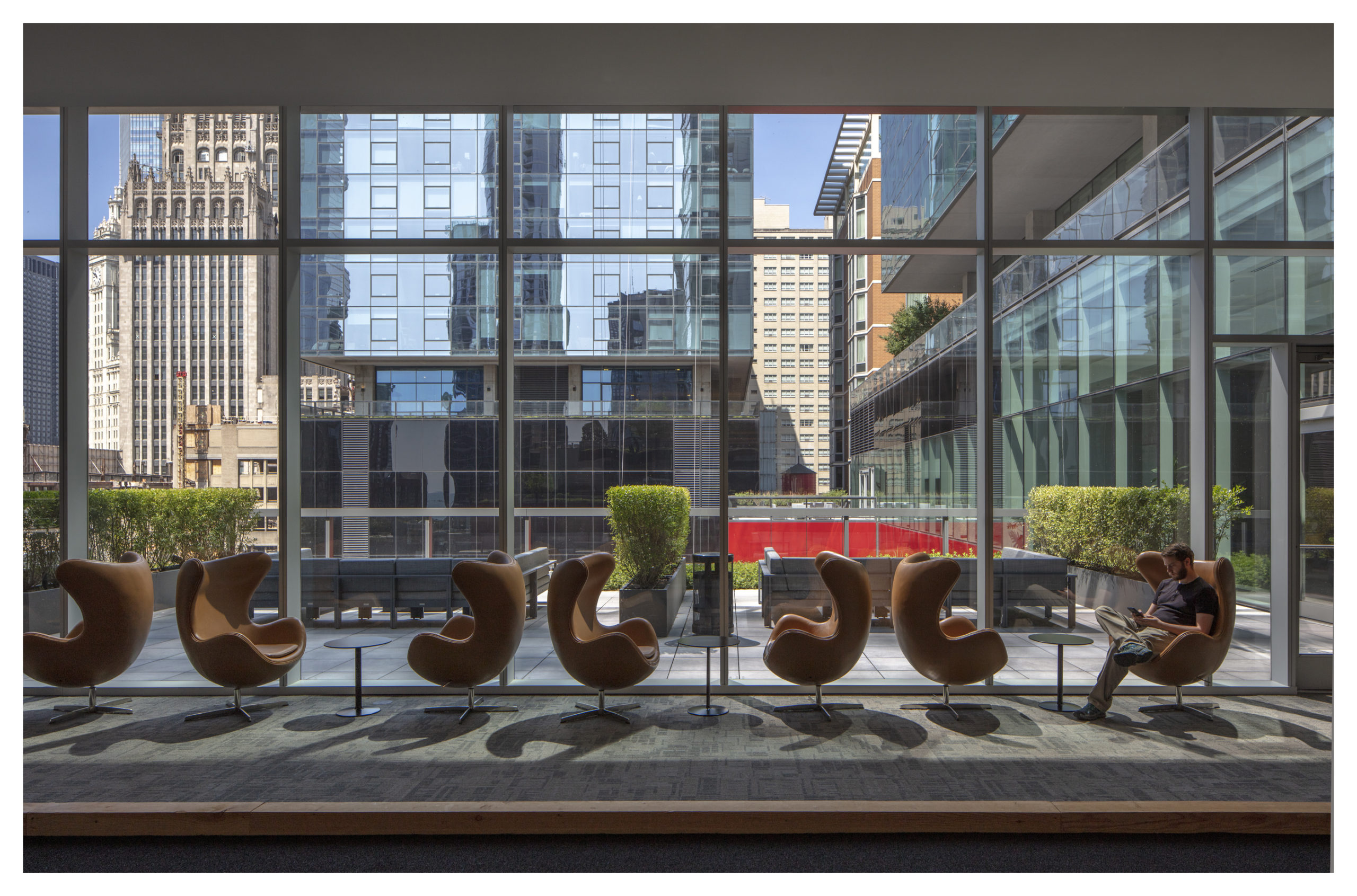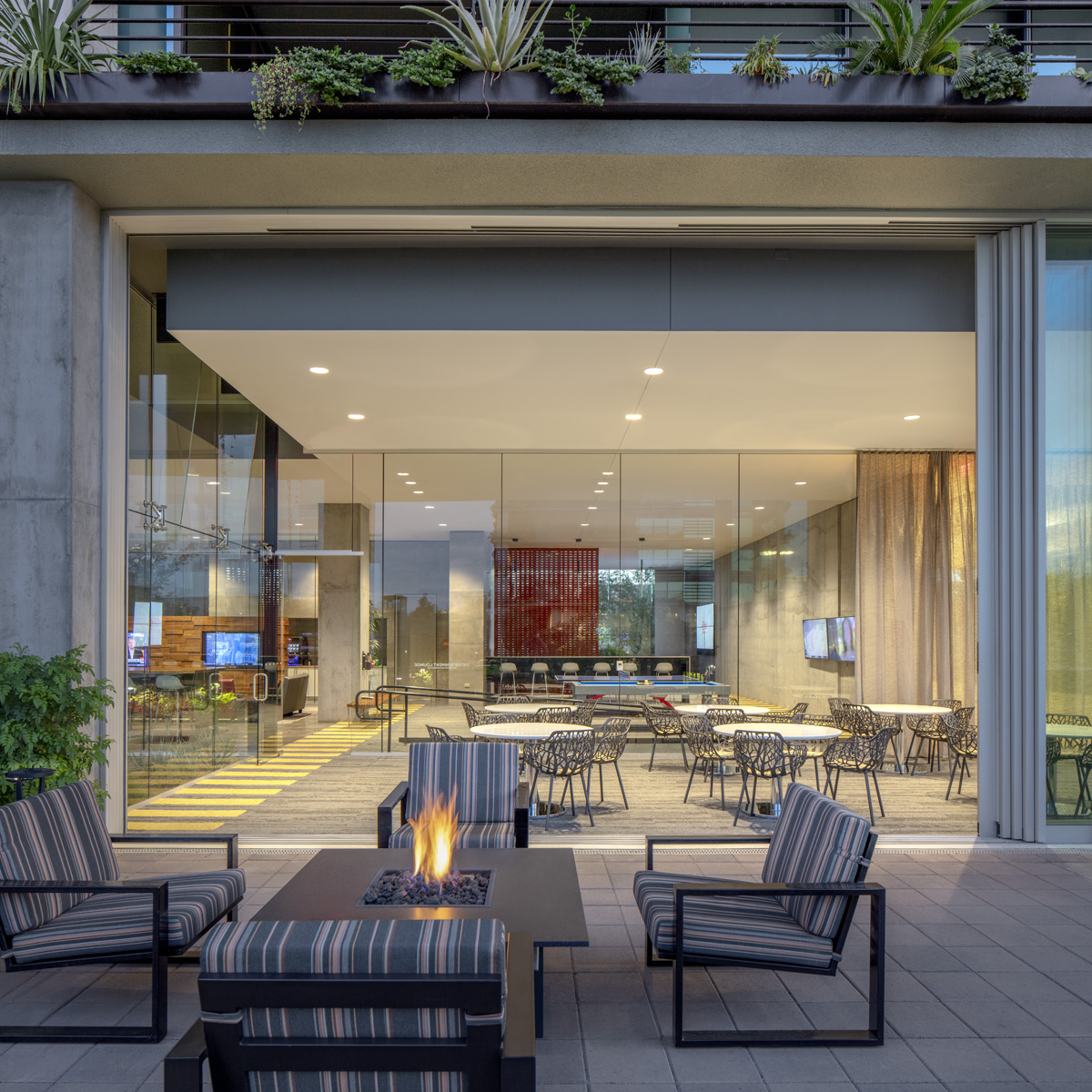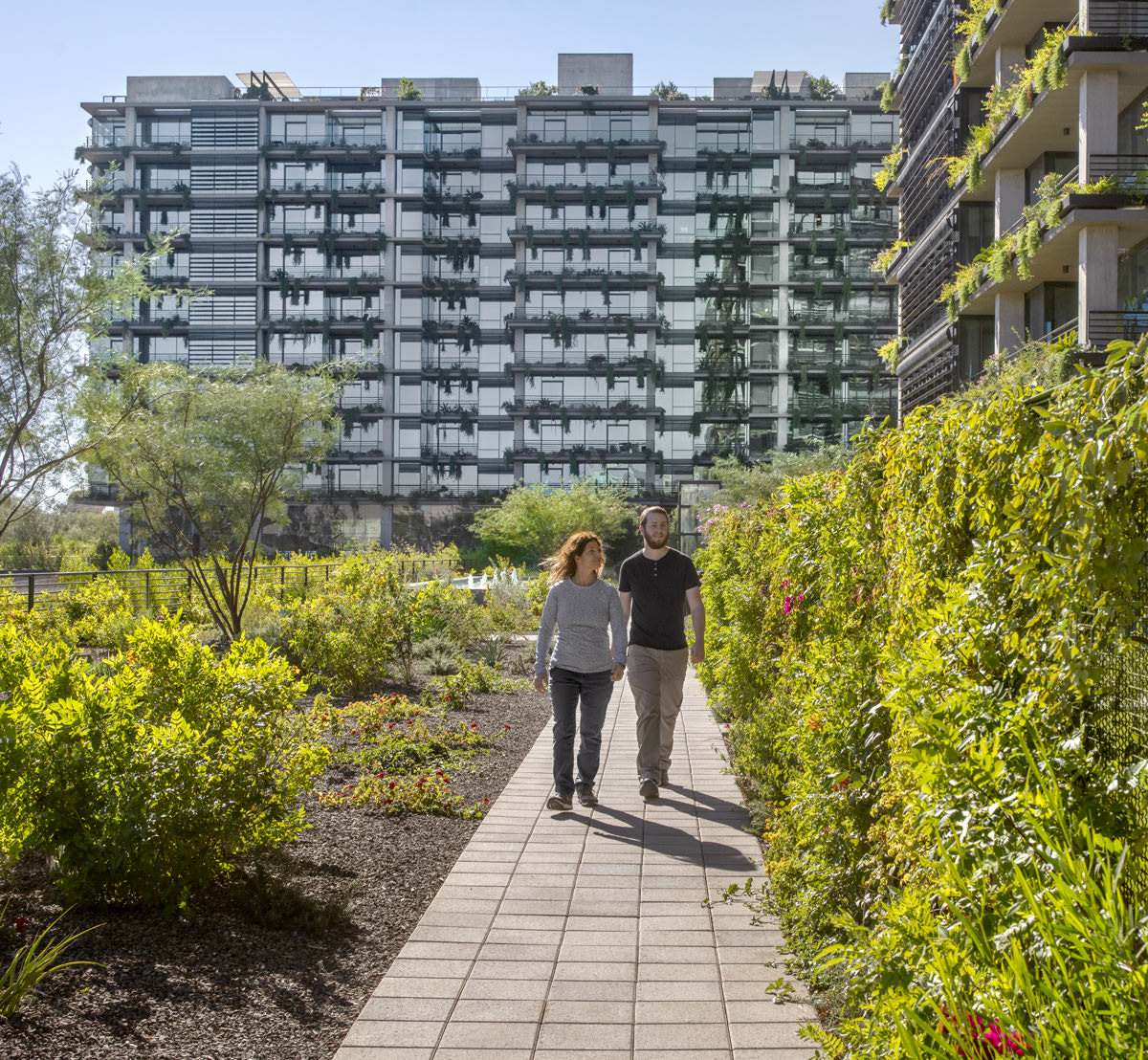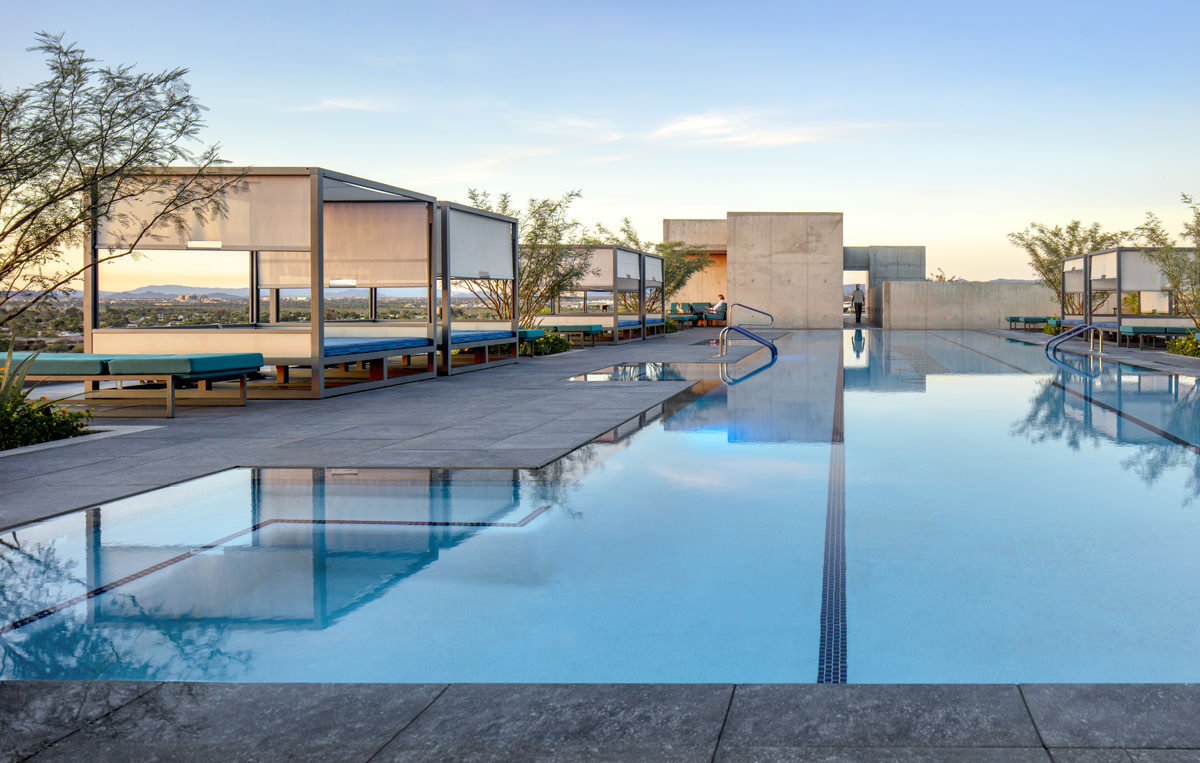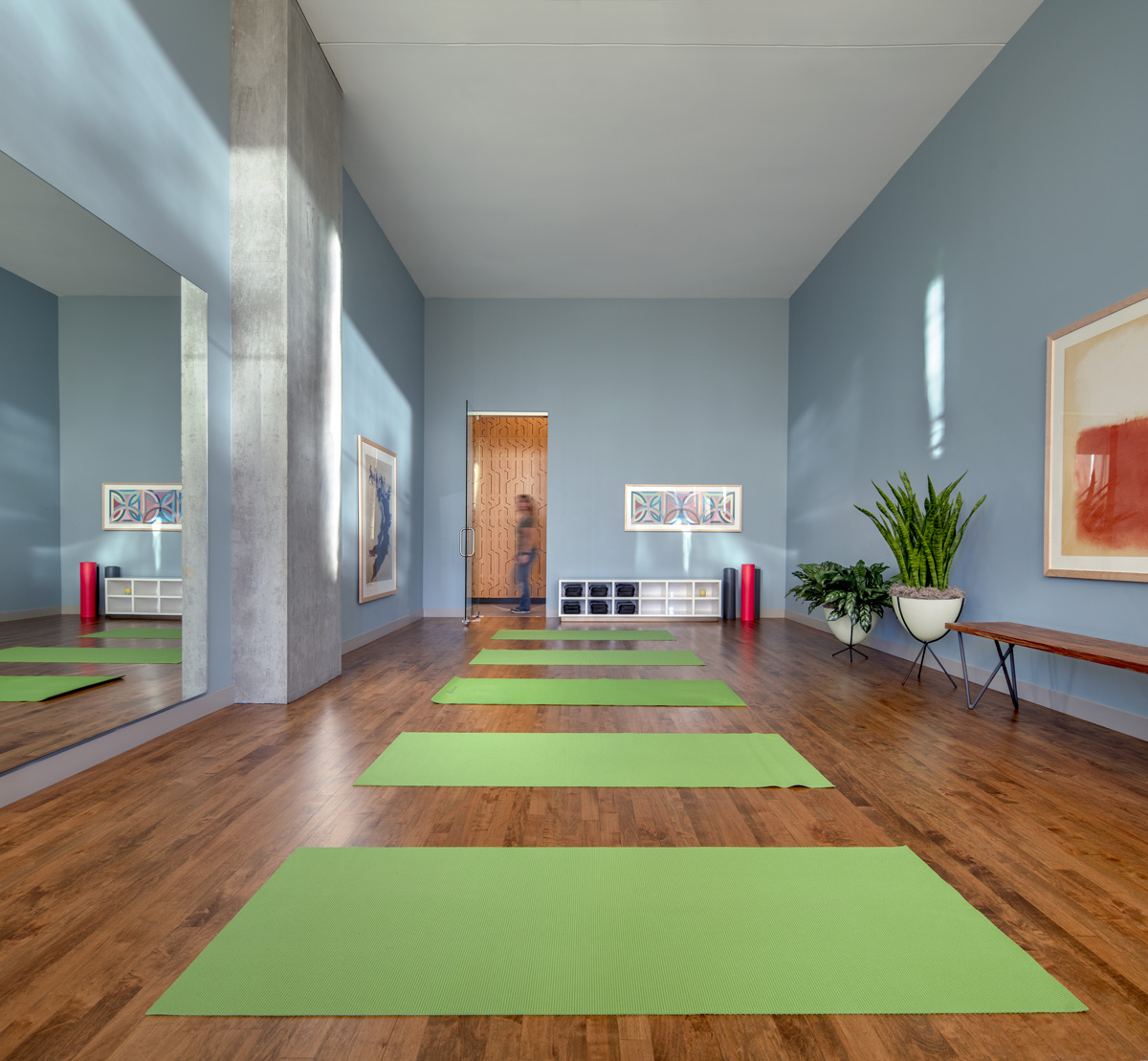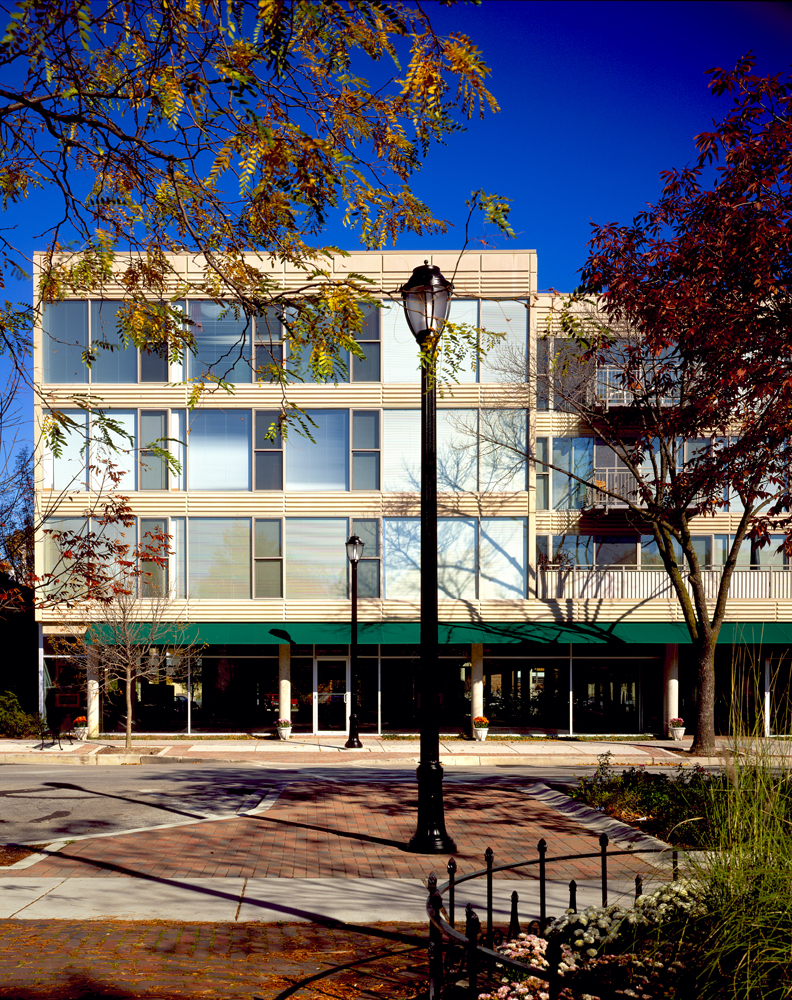As we continue to explore Chicago’s public art, we recognize and celebrate that sculpture comes in all shapes, forms and purposes. Today, we’re exploring an iconic Chicago fixture, oft-overlooked in the medium: Millennium Park’s Crown Fountain. Alongside being the perfect place to cool off on a hot summer day in the city — or to people watch — Crown Fountain is a fascinating and experimentally expressive work of sculptural art.
Designed by Spanish artist Jaume Plensa, Crown Fountain consists of two fifty-foot glass block towers at opposite ends of a shallow reflecting pool. The towers project video footage of faces, collected from 1,000 different Chicago residents, and spurt water from an outlet in the screen centered on the video projections’ mouths. The interactive sculpture is a reference to the traditional use of gargoyles, often used as the source of water projects in fountains, where the mythical creatures’ eruption of water symbolizes giving life. Overall, construction took six months and cost $17 million, adding Crown Fountain to Chicago’s collection of world-renowned public art in July of 2004.
The video footage of the faces projected was a collaborative project between the artist, the School of the Art Institute of Chicago (SAIC) and Columbia College Chicago (CCC). 75 ethnic, social and religious organizations were asked to nominate individuals for the project, and those individuals were then filmed by SAIC students using professional-grade equipment. Filming the footage was such an intensive process that it became an informal master’s course in public art. Overall, 1,051 subjects were filmed and 960 subjects’ footage is utilized for the sculpture.
Crown Fountain was inevitably one of Millennium Park’s most controversial installations. Many were worried that the height of the towers would interrupt the architecture of the public park. Yet the sculpture won its place in the public heart with its quirkiness and comfort, inviting all to laugh and play with it. Crown Fountain’s legacy, like the legacy of Chicago, is one that celebrates community, playfulness, art and innovation.
